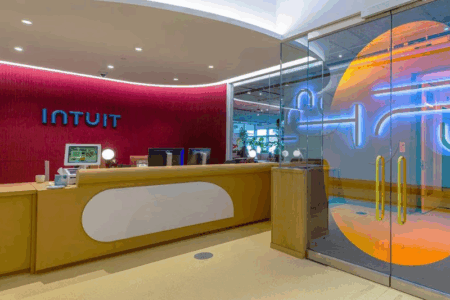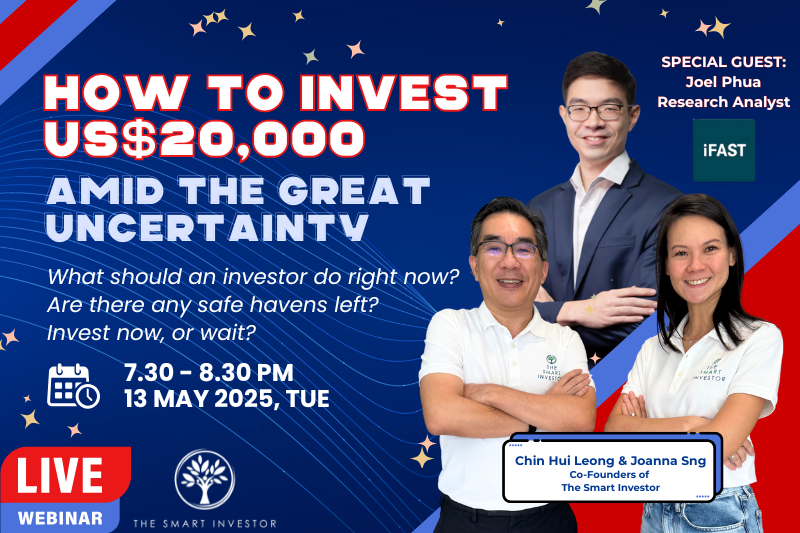Is the US stock market or, for that matter, many stock markets around the world, in bubble territory? The rise and rise of the Dow Jones Industrial index from one all-time high to another feels a bit giddying. But why stop at the Dow? The Straits Times Index is at an 18-year high. It is less than a couple of hundred points – or just 5 per cent – away from an all-time high of 3,906 points, thanks to some outstanding performances from Singapore’s three banks.
Elsewhere, the rise of the UK’s FTSE 100, India’s Nifty 50, US’ Nasdaq, and the Kuala Lumpur Composite Index has been almost exponential. Are stock markets here in Singapore and elsewhere around the world too frothy?
Investing bubbles have always existed. The phenomenon goes as far back as 1623 when Tulipomania gripped the Netherlands. At that time, a single tulip bulb was selling for seven times the average annual wage. What’s more, tulip farmers were selling flowers that hadn’t even been planted yet. It sounds like buying off-plan condominiums in China at the height of the property boom. And we all know how that has ended.
But for no particular reason, the price of tulips began to fall in 1637. Perhaps people finally came to their senses. Within days, thousands of tulip traders were ruined. Tulipomania is only one of many bubbles that has caught investors on the hop. Other notable bubbles include the South Sea Company, Victorian Railways and Internet shares. But what are the telltale signs of a bubble? Here are a few.
Everyone is making money
When asset prices rise rapidly without any rhyme or reason, then it could be the first sign that a bubble is forming. For instance, cryptocurrencies are currently having a field day. Bitcoin, the undisputed leader among cryptocurrencies, continually hits fresh highs. It is now around US$90,000. Some reckon it could reach US$1 million.
It seems that Donald Trump winning the US presidential election has caused the asset to soar. The so-called “Trump trade” has prompted many punters to bet on cryptocurrencies of various hues. The question is: If cryptos are such a great investment now, then why weren’t they as great before? What has been driving its underlying value higher? Does it even have an underlying value?
Growth will be forever
Bubble logic assumes that growth can be sustained for many years to come. Often these projections are made using some “finger in the air” analyses rather than solid fundamentals. The reality, though, is that growth can slow significantly or even come to an abrupt halt without any warning.
Assets related to artificial intelligence (AI) could be a case in point. In 2023, the global market for AI was estimated to be worth US$250 billion. Various growth rates have been proposed for the new technology, ranging from 19 to 30 per cent a year. By extrapolation, some experts have reckoned that the market for AI could be worth as much as US$3.5 trillion by 2033.
Ordinary businesses are shunned
As bubble mania takes hold, there is often evidence that traditional businesses will be put on the back-burner. Just look at how the demand for stocks related to weight-loss mania has almost sidelined traditional pharmaceutical companies. It seems that investors are relentlessly looking for the next big thing.
Admittedly, a pill or a jab that can help people lose weight can be a huge game changer. But there is more to the pharmaceutical industry than just busting fat. Something similar happened during the pandemic when any drug developer that wasn’t working on a Covid-19 vaccine was shunned. Hardly anyone talks about vaccines anymore.
Assets are bought to sell, not for their return
Perhaps the biggest trait of a bubble is a flood of investments into the next big frontier. According to Forbes, it received 1,900 submissions for inclusion into its latest “AI 50” list. Additionally, billions have been raised by tech companies as they try to emulate OpenAI.
Eventually though, early-stage investors will want to see a return on their money. Watch out for a slew of flotations at astronomical valuations, especially if a more lightly regulated market is promoted by the next US administration.
So, what exactly is a bubble? In 1964, United States Supreme Court Justice Potter Stewart used the phrase “I know it when I see it” to explain a case he was hearing about obscenity. The phrase is an expression that is often used to describe an observable fact that cannot easily be defined.
An investing bubble can be a bit like that. If we think that something could be a bubble because our gut tells us it is, then we should trust our instincts. It is seldom wrong. If we can’t put a value on something, then it is uninvestable. And something going up in price, or promising to go up in price, is never a good enough reason to buy.
Note: An earlier version of this article appeared in The Business Times.
We’ve just released a new Special FREE Report: “How to Make Your Child a Millionaire.” It’s a simple, no-nonsense guide for parents who care for their child’s financial future. You’ll also find 3 stocks (one even had a 55.8% jump in dividends) you can consider today to kickstart your child’s “piggy bank.” Click HERE to download now.
Disclosure: David Kuo does not own shares in any of the companies mentioned.





